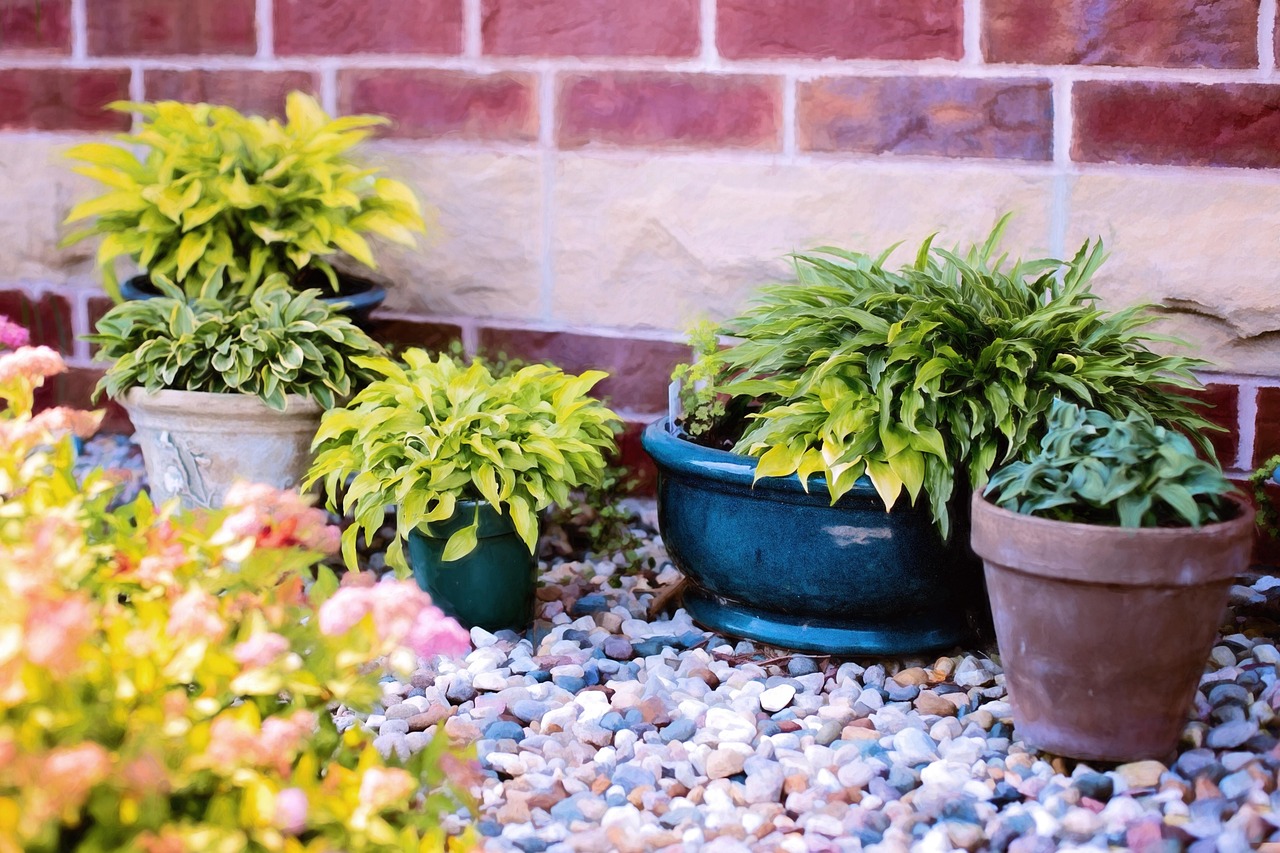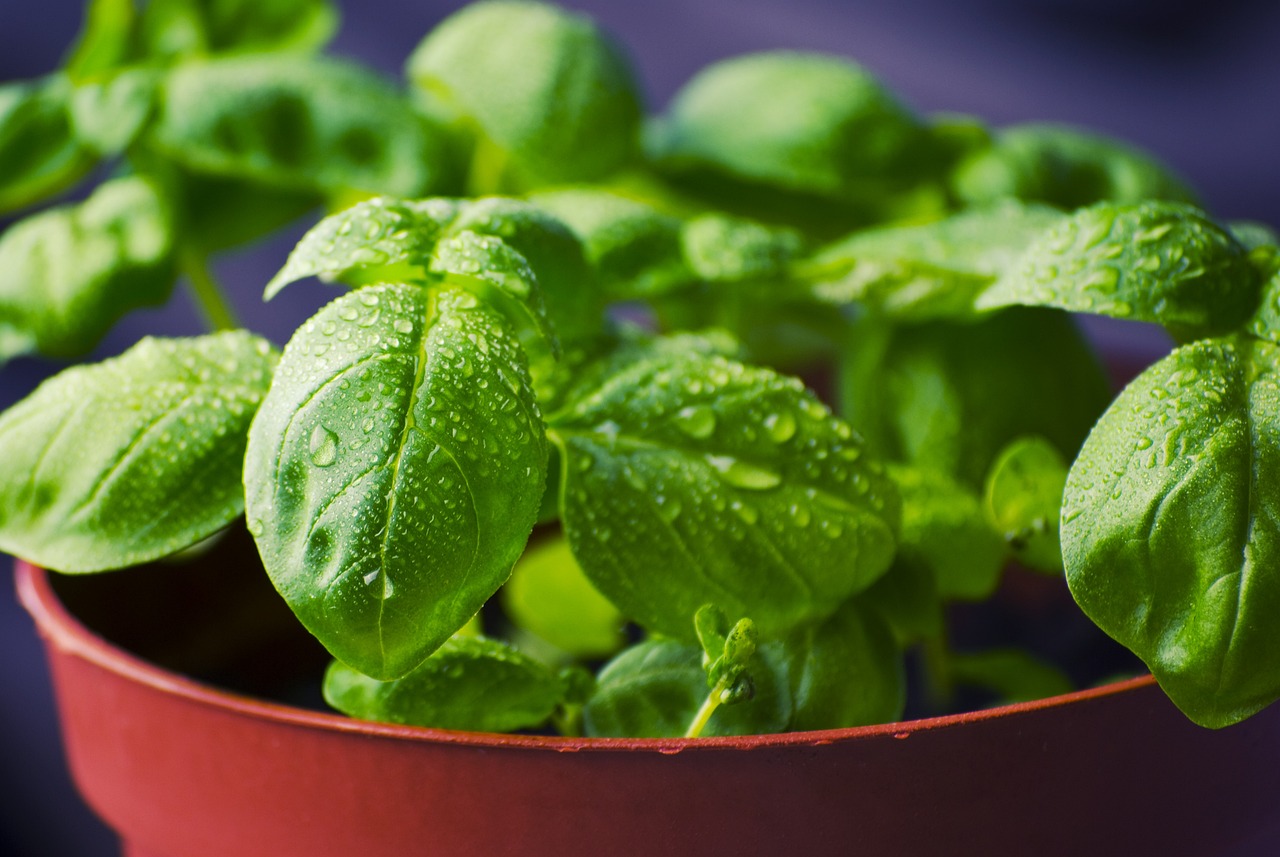Aquaponics in Aquarium
Aquaponics in aquarium setups is revolutionizing how people across the USA grow fresh, organic food in small spaces. Imagine harvesting leafy greens, herbs, and even strawberries — all from your living room — while raising fish in the same tank. That’s the magic of aquaponics: a self-sustaining, eco-friendly system combining aquaculture (raising fish) and hydroponics (growing plants in water).
In this complete guide, we’ll walk you through everything you need to know about setting up your own aquarium-based aquaponics system — from choosing fish and plants to maintaining water quality and maximizing yields. Whether you’re an urban gardener, a hobbyist, or just curious about sustainable living, this article will help you turn your aquarium into a thriving organic garden.
What is Aquaponics in an Aquarium?
Understanding the Basics
Aquaponics is a closed-loop system where fish waste provides nutrients for plants, and the plants, in turn, purify the water for the fish. When scaled down to fit an aquarium, it creates a compact, efficient system perfect for homes, classrooms, or small offices.
This symbiotic environment mimics natural ecosystems — where fish, plants, and beneficial bacteria work in harmony. Unlike soil gardening, there’s no need for fertilizer, weeding, or daily watering.
How It Differs from Traditional Hydroponics or Aquariums
Unlike hydroponics (which uses synthetic nutrient solutions), aquaponics relies on natural waste produced by fish. And unlike standalone aquariums that require frequent cleaning, aquaponic systems clean themselves — making aquarium maintenance much easier.
The Closed-Loop Ecosystem Explained
- Fish produce waste → rich in ammonia
- Beneficial bacteria convert ammonia into nitrates
- Plants absorb nitrates for growth
- Clean water is returned to the fish tank
This cycle reduces water use by up to 90% compared to traditional gardening.

Benefits of Aquaponics In Aquarium
Organic Gardening in Small Spaces
Living in an apartment or condo? A countertop aquaponics aquarium lets you grow basil, lettuce, mint, or even cherry tomatoes without a backyard. It’s perfect for urban dwellers who want fresh, pesticide-free food at their fingertips.
Eco-Friendly and Sustainable Living
Aquaponics promotes sustainable agriculture. By recycling water and eliminating chemical fertilizers, you reduce your environmental footprint and contribute to cleaner, greener living.
Reduces Waste and Water Usage
Traditional gardening often leads to overwatering and fertilizer runoff. In aquaponics, water is recirculated, and fish waste becomes a resource rather than pollution.
Educational Value for Kids and Families
Aquaponics in aquariums is a hands-on STEM learning experience. Kids can watch the nitrogen cycle in action, learn about photosynthesis, and gain appreciation for ecosystems.
Aesthetic and Therapeutic Value in Homes
Aquaponic systems are visually stunning. The sight of colorful fish swimming beneath thriving greenery has been shown to reduce stress and promote mental wellness — turning your living space into a functional piece of natural art.
Core Components of an Aquaponics In Aquarium System
To set up an Aquaponics In Aquarium, you’ll need a few essential parts:
The Fish Tank
A 10- to 30-gallon tank is ideal for beginners. Larger tanks offer more stability in water parameters and support more plants.
Grow Bed or Plant Tray
Sits above or beside the tank and holds plants in a medium (like expanded clay pellets or gravel). The grow bed is irrigated via a pump system.
Water Pump and Filtration System
A small submersible pump circulates water from the tank to the grow bed. Filters may be added to trap solids before the water returns.
Grow Lights for Indoor Gardening Aquaponics In Aquarium
LED grow lights mimic sunlight and promote healthy plant growth, especially in darker rooms or during winter months.
Optional Add-ons
- Heaters for tropical fish
- Auto feeders for convenience
- Bell siphons for ebb-and-flow systems
- Timers for lighting and pumps
Choosing the Right Aquaponics In Aquarium
Space-Saving Tips for Urban Apartments
- Use vertical stacking grow beds
- Install wall-mounted grow lights
- Choose dwarf plant varieties like mini lettuce or microgreens
Best Fish for Aquaponics in Aquariums
Top 5 Fish Species for Aquaponics In Aquarium
- Tilapia – Hardy and fast-growing
- Goldfish – Easy to care for, no need to eat them
- Betta fish – Good for nano systems
- Guppies – Small and active
- Koi – Best for large indoor tanks
Fish Care, Feeding, and Health
- Feed once or twice daily with quality pellets
- Avoid overfeeding to prevent water contamination
- Quarantine new fish to prevent disease
Understanding Fish Waste and Nutrient Production
Fish waste provides ammonia, which beneficial bacteria convert into nitrates — an essential plant nutrient. More fish = more nutrients, but balance is key.
Best Plants for Aquaponics in Aquariums
Leafy Greens and Herbs
- Lettuce
- Kale
- Spinach
- Basil
- Mint
- Cilantro
These grow quickly and absorb nitrates effectively.
Root Vegetables and Small Fruit Plants
- Radishes
- Strawberries (in vertical towers)
- Green onions
Note: Root crops grow better in deep media beds.
Aquatic vs. Semi-Aquatic Plant Options
While most aquaponic plants aren’t fully submerged, you can also include floating or marginal aquatic plants (e.g., watercress, duckweed).
Lighting and Nutrient Requirements
Use full-spectrum LED grow lights for 10–14 hours/day. Monitor plant health to adjust lighting and nutrients accordingly.

Step-by-Step Guide: How to Set Up an Aquaponics In Aquarium
Materials and Tools Checklist
- Aquarium (10–30 gallons)
- Submersible water pump
- Grow bed with planting media
- Fish (goldfish or tilapia)
- Plants (lettuce, herbs, etc.)
- Water testing kit
- LED grow lights
Installing Your Aquaponics Grow Bed
Place the grow bed securely above the tank. Drill drainage holes and install the return pipe to channel water back into the aquarium.
Cycling the Tank: Establishing the Nitrogen Cycle
Before adding fish, cycle the tank by:
- Adding ammonia or hardy fish
- Letting beneficial bacteria grow (7–21 days)
- Monitoring ammonia → nitrite → nitrate levels
This step is crucial for stable water quality.
Adding Fish and Plants Safely Aquaponics In Aquarium
Introduce fish first, then plants a few days later. Use water conditioners to remove chlorine if using tap water.
Testing and Maintaining Water Quality
Check weekly:
- pH (ideal: 6.8–7.2)
- Ammonia (<0.5 ppm)
- Nitrites (0 ppm)
- Nitrates (10–40 ppm)
Adjust feeding and water flow as needed.
Maintaining a Healthy Aquaponics In Aquarium Ecosystem
pH Balance and Water Chemistry
A slightly acidic to neutral pH ensures both fish and plants thrive. Use natural buffers like crushed coral if needed.
Managing Algae and Bacteria
- Limit direct sunlight to control algae
- Use beneficial bacteria additives to support the nitrogen cycle
- Clean filters monthly
Seasonal Adjustments for Indoor Systems Aquaponics In Aquarium
- Use heaters during winter
- Adjust lighting hours with the seasons
- Monitor evaporation rates
DIY vs. Pre-Made Kits: What’s Better for Beginners?
Pros and Cons of DIY Aquaponics In Aquarium
Pros:
- Lower cost
- Customizable
- Educational
Cons:
- More setup time
- Requires basic plumbing knowledge
Top Starter Kits Available in the USA Aquaponics In Aquarium
- Back to the Roots Water Garden
- EcoQube C
- Penn-Plax Aquaponic Planter
Advanced Tips for Expanding Your Aquaponics In Aquarium Setup
Stacking Systems Vertically
Vertical grow towers maximize yield in minimal space. Perfect for herbs and strawberries.
Integrating Smart Tech and Automation
- Wi-Fi timers for lights and pumps
- pH and ammonia sensors
- Auto feeders linked to smartphone apps
Expanding to Outdoor Aquaponics Later
Once you’re confident indoors, try scaling up to a greenhouse or patio aquaponics system with edible fish like catfish or trout.
Real-Life Examples of Aquaponics In Aquarium
Urban Apartment Gardeners
Many urbanites in New York, LA, and Chicago use aquarium aquaponics for fresh herbs and greens year-round.
Schools and STEM Projects Aquaponics In Aquarium
Aquaponics is used in classrooms nationwide to teach science, sustainability, and agriculture in action.
Homesteaders and Off-Grid Living
Some off-grid enthusiasts use solar-powered systems to raise fish and veggies with minimal resources.

Environmental Impact and Sustainability
Aquaponics In Aquarium as a Solution to Food Insecurity
Home aquaponics can supplement diets in food deserts by providing fresh produce in urban areas.
Reducing Carbon Footprint with Home Gardening
Local food = fewer emissions. Growing at home avoids transportation, packaging, and chemical use.
(FAQ): Aquaponics In Aquarium
Can I use a regular fish tank for aquaponics?
Yes! Any aquarium can be converted with the right grow bed and water circulation setup.
What are the best fish-to-plant ratios?
Roughly 1 inch of fish per gallon of water, and 1 plant per gallon — but this varies by species and growth stage.
Do I need to change the water?
Not often. Just top off evaporated water and test parameters regularly.
Can I eat the fish in my aquaponics system?
Yes — if using edible species like tilapia, trout, or catfish. Be sure to follow food safety guidelines.
Final Thoughts: Aquaponics In Aquarium
Aquaponics In Aquarium blends science, sustainability, and beauty — offering Americans a way to grow their own food, conserve resources, and reconnect with nature. Whether you’re an eco-conscious parent, a curious student, or an urban foodie, this living ecosystem brings joy, education, and nourishment into your daily life.
